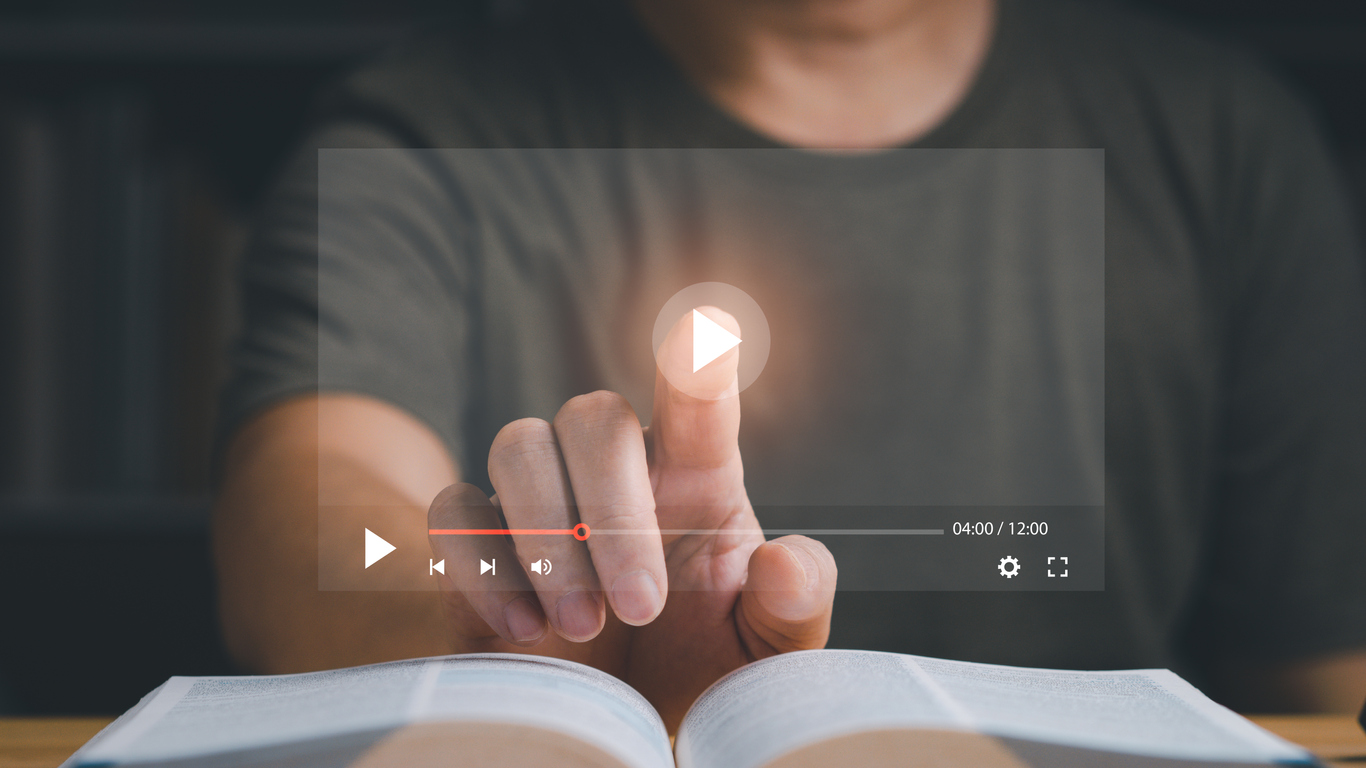
Before the pandemic, I thought I was a pretty good teacher. I worked hard at rotating reading, writing, speaking, and listening assignments throughout my social studies courses so that students would learn how to improve their skills and learn content simultaneously. I was particularly proud of the speaking assignments my students completed and pleased with the metacognition they showed when reflecting on their work.
Then, the pandemic hit and students retreated to the anonymity of their screens. When we met back in person, I thought I could go back to business as usual and get them talking to each other about content and practicing some public speaking skills. I was wrong. Students didn’t want to turn and talk; they didn’t want to socialize with each other; they didn’t want to complete any assignments that involved presenting or public speaking in front of the class. To my horror, one class had eight students in a row decline to give a speech, even though most of them had written the speech and practiced it on Microsoft Flip. I was gutted. For the first time in my educational career, I found myself contemplating something new, perhaps in the rewarding and lucrative field of refrigeration repair.
Fortunately, I stayed in the education game, resolved that I could find new ways to effectively scaffold speaking projects to lower student apprehension and anxiety. Keep reading and I will describe the importance of engaging secondary students in oral history projects and how a new Artificial Intelligence technology StoryFile can help students practice posing questions to pre-recorded conversational video without the heightened anxiety that comes to actually talking to a real person. Let’s dive in!
Why Oral History Projects?
Participating in oral histories improves engagement and increases the amount of historical empathy students develop. When conducting interviews, students generate original questions using higher-order cognitive skills that lead to deeper understanding. I generally help my students to improve their interview questions by teaching them about the six levels of Bloom’s taxonomy: Remember, Comprehend, Apply, Analyze, Synthesize, and Evaluate. Similarly, ChatGPT, an open AI interface can be used as a brainstorming partner to help students access information and creative avenues that improve their writing.
Conducting oral histories in the classroom can reveal student misconceptions and help educators address comprehension problems. Using Depth of Knowledge (DOK) or Bloom’s Taxonomy frameworks for evaluating questions, teachers can assess the historical content in student-generated questions. Students conducting oral history interviews practice empathic listening, build confidence in public speaking and oral communication skills, improve their creative collaboration skills, and demonstrate growth in one-on-one interviews. Students build media literacy skills when sharing projects via video production and digital storytelling.
During the oral history process, students practice written and oral communication, conduct primary and secondary source research, use technology to record, and analyze historical testimony. The act of creating questions enhances learners’ understanding of course materials and promotes deeper learning. Asking a relevant question reflects the student’s social awareness in addition to their pedagogical content knowledge and can be used as social-emotional skill builders as well as formative assessments. Additionally, participating in the questioning and response process appears to increase the amount of historical empathy students develop. As practice, students can pose questions to Japanese internees, Holocaust survivors, Civil Rights leaders, and 9/11 first responders using the Story File website.

Why Conversational Video Technology?
We’ve answered why oral history projects are important, but how can the conversational video technology support these oral history projects? Overall, conversational video can improve the speaking, listening, and question development experience for students. Developing oral history questions requires listening and social-emotional learning skills. Many students don’t get sufficient practice in either of these disciplines. StoryFile can help them build background knowledge, anticipate multiple responses, and pose meaningful questions to Holocaust survivors, Civil Rights leaders, and 9/11 first responders using Conversational AI.
The cool thing about this conversational video technology is that it allows students to “interact” with pre-recorded testimony. The AI matches responses to individual student questions. Practice with this technology offers students an opportunity to listen, pose questions that show off their depth of knowledge about history content, and follow-up if they get an unexpected answer. In short, these activities are building the skills that may help students perform better during job interviews. Lastly, they provide educators with opportunities to evaluate student content knowledge, academic vocabulary, listening, and social-emotional skills.
For example, after reading the historical fiction novel Charlotte about German artist Charlotte Salomon by David Foenkinos, my students worked in small groups to collaborate on twenty-four questions to pose to the Holocaust survivor, Rose Schindler. Then, each student chose four questions to ask the AI and recorded whether or not the response was appropriate. The machine was able to generate appropriate responses to 67% of my students’ questions. You can view an example of one of my students asking questions and then later reflecting about this assignment with her mother.

Impact on Student Learning
Because my students can practice their oral history interviewing techniques in small groups or as individuals, much of their public-speaking anxiety that hindered completion of this assignment was reduced. By allowing time for gallery viewing and helping students conduct peer reviews or self-assessments, student anxiety levels were also lowered. With increased practice, students gain proficiency with interviewing skills and teachers grow more confident in evaluating the quality of student questioning.
Additionally, brainstorming skills were enhanced by repeated queries of ChatGPT to generate high-quality interview questions that reflected advanced background knowledge and cultural competency. Students who have significant practice in conducting interviews will experience less anxiety and display more confidence during actual employment interviews. Also, reflection on the learning process and repeated generation of specific AI disclosure statements may also allow students to avoid charges of plagiarism. Lastly, advances in Artificial Intelligence will impact all teaching and learning. This activity will help teachers and students work in harmony with AI, using it as a thought partner to bring out deeper, more iterative, and reflective learning.
Traditionally, higher socioeconomic schools offer more field trips and are able to bring guest speakers to offer eyewitness historical accounts to students. Lower socioeconomic schools struggle to offer students these enrichment opportunities. StoryFile technology could create an equitable, student-centered learning environment by allowing all students access to interactive conversational video experiences with historical figures. Integrating AI voice recognition with video testimony could level the playing field by offering unique, first person interactions within the classroom.
Student Reaction
As a way to involve families in the learning process, I asked my students to present one assignment from my class to their parents using Microsoft Flip. This allowed for increased equity for the students who weren’t able to participate in back-to-school night and also allowed students the opportunity to demonstrate responsibility in their learning. I was surprised by how many students showed their parents the video of their conversation with Rose Schindler.
Even in elementary and middle school classes, there are numerous benefits to having students conduct oral histories; however, the cost and length of time involved in these processes often make them infeasible practices in the classroom where 70-90% of learning experiences are textbook-based. Using StoryFile is free and offers students a chance to practice interviewing skills with sixteen video recorded subjects in one gallery and an additional eight subjects in their Black Voices collection. I hope you will consider experimenting with StoryFile and ask your students to conduct an oral history project in your classroom!
Get a free trial of Active Classroom and explore more oral history projects to support secondary social studies students
Scott Petri has taught social studies at the middle and high school level since 2003. He has also served as a coordinator and small school principal in LAUSD. He holds a Doctorate in Educational Leadership and a Master’s in educational administration from California State University Northridge, and a B.A. in Political Science from the University of San Diego. Dr. Petri was named the 2021 Outstanding California Social Studies Teacher of the Year by the California Council for the Social Studies and has twice been a finalist for the CUE Leroy’s Big Idea contest.
